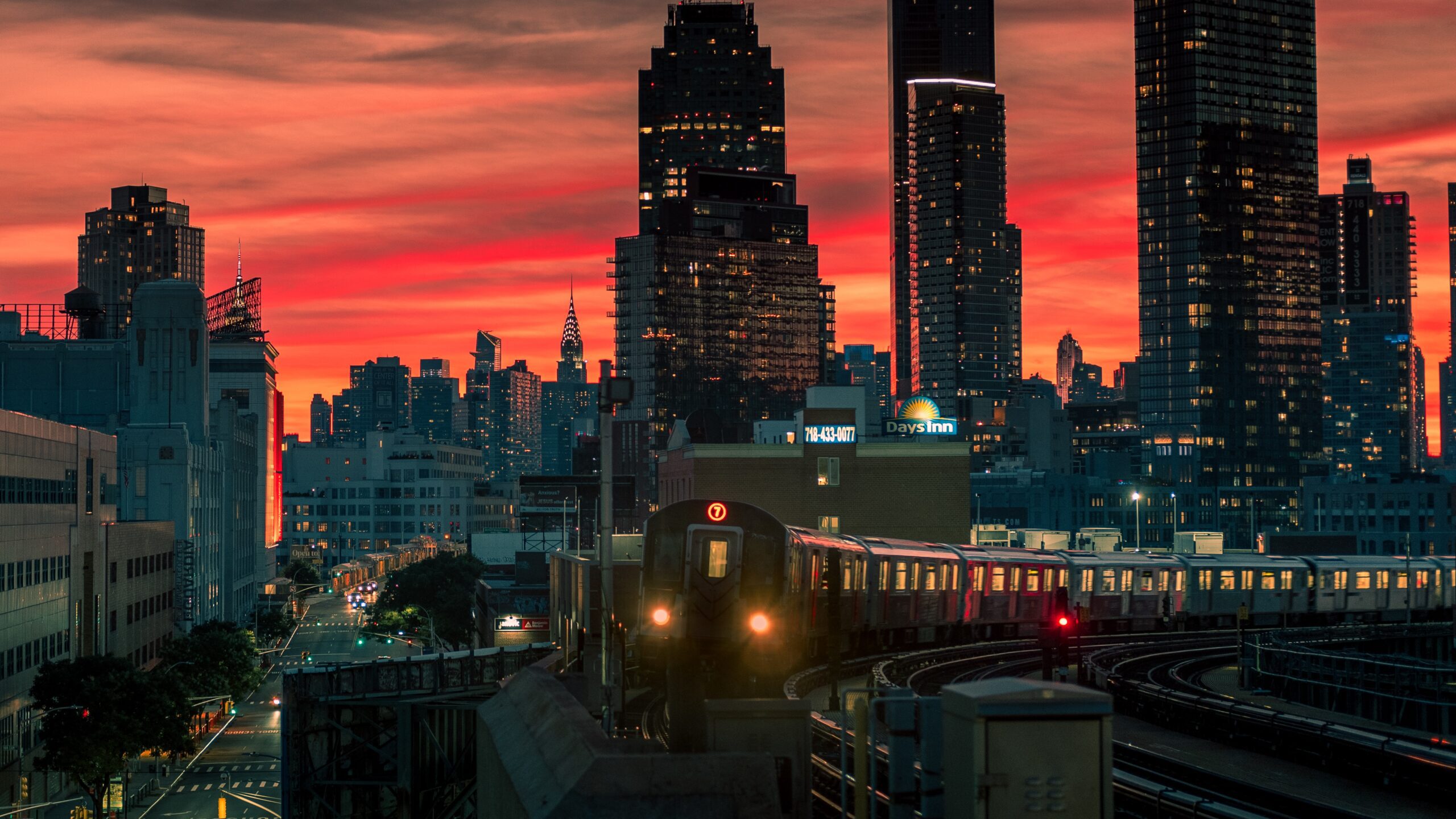The natural world offers photographers a canvas of ever-changing hues and captivating moments. Understanding the characteristics of sunrise vs sunset photos enables photographers to harness the unique qualities of each moment, from the gentle serenity of dawn’s colors to the fiery passion of dusk’s hues, creating captivating images that resonate with emotion and artistry.
Among the most enchanting subjects are the sunrises and sunsets that grace the horizon with their ethereal beauty.
Whether you’re an amateur photographer seeking to capture these mesmerizing moments or a seasoned professional looking to master the art of light and color, understanding the nuances of sunrise and sunset photography is essential.
In this article, we will explore the main differences between sunrise and sunset photos, delve into the color theory behind these phenomena, and highlight scenarios where each is the optimal choice for creating stunning visuals.
The Main Differences Between Sunrise and Sunset Photography
Sunrise and sunset are two distinct moments in the day, each offering its own set of characteristics that photographers can leverage to create captivating images. Therefore it is important to understand both when it comes to sunset vs sunrise photos.


Here are the main differences between sunrise and sunset photography:
- The direction of Light: Sunrise photos are characterized by the soft, diffused light that gradually emerges as the sun ascends above the horizon.
This gentle light can cast a serene and tranquil mood over your photos, making them ideal for capturing peaceful landscapes, water reflections, and silhouettes.
On the other hand, sunset photos feature warm and rich light as the sun descends, creating longer shadows and more dramatic contrasts. This light can lend a sense of depth and intensity to your images, enhancing textures and emphasizing details in the foreground and background. - Atmospheric Conditions: Sunrise photos often benefit from cleaner air, as the overnight cooling process tends to reduce atmospheric particles.
This clarity can result in images with sharp focus and vibrant colors, making them well-suited for showcasing intricate details in landscapes and architecture.
Sunset photos, however, might exhibit more atmospheric haze due to daytime activities and pollutants in the air. While this haze can soften the light and create a dreamy atmosphere, it might require careful post-processing to retain clarity and avoid excessive noise. - Temperature of Light: The temperature of light during sunrise and sunset photography differs significantly.
Sunrise light tends to be cooler, displaying shades of soft pinks, blues, and purples. This cooler color palette can evoke a sense of calm and tranquility, making sunrise photos ideal for serene scenes such as mist-covered landscapes and placid lakes.
In contrast, sunset light boasts warm tones of red, orange, and gold, which can infuse your photos with a cozy and inviting ambiance. This warmth is particularly suited for capturing emotional and intimate moments, as well as emphasizing the textures and contours of various subjects.
Exploring Color Theory: Sunrise and Sunset Palette
Sunrise Color Palette: Tranquility in Cool Tones
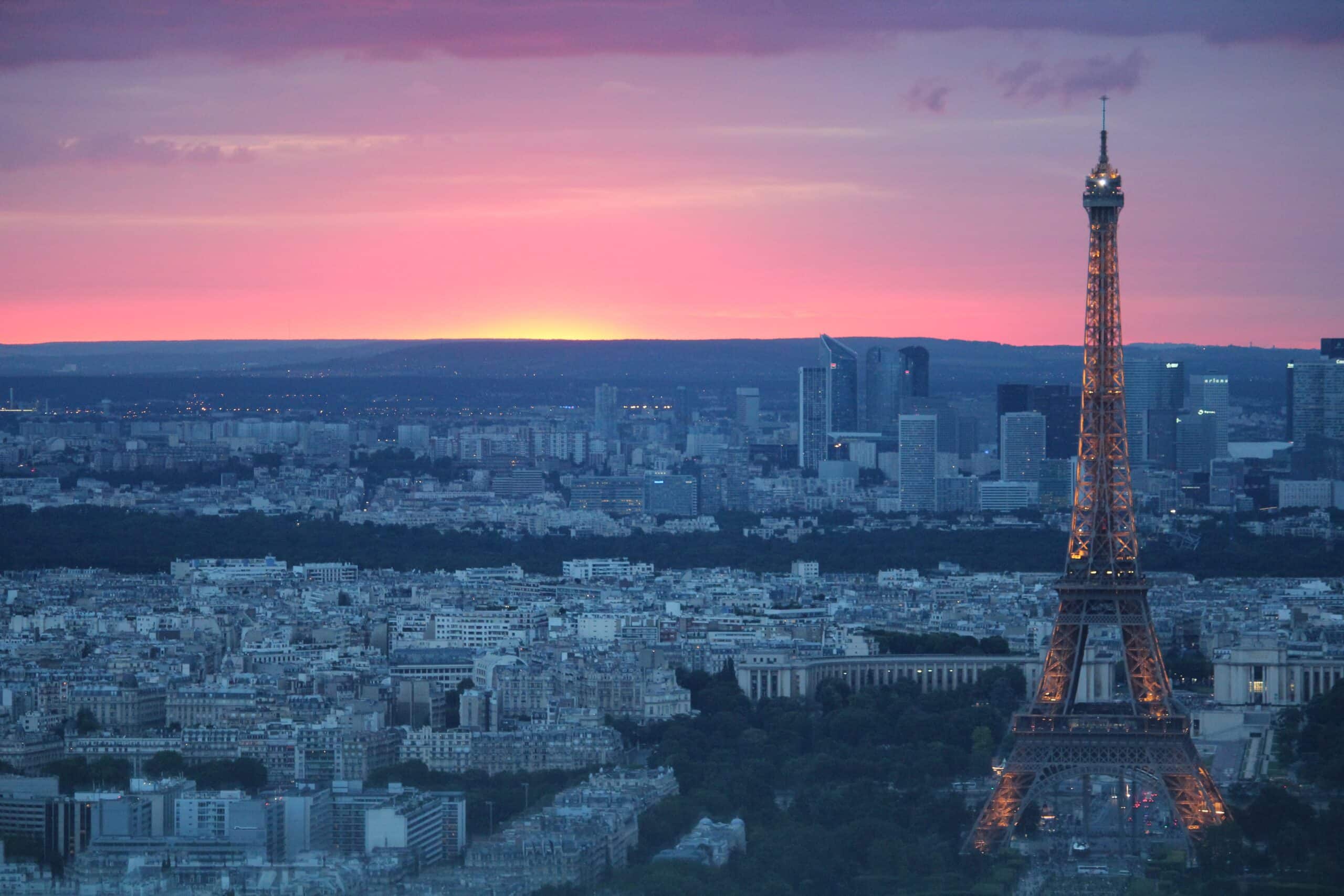
During the early hours of the morning, the sunrise color palette takes on cooler tones that evoke a sense of serenity and peace.
The gentle interplay of pastel pinks, soft blues, and subtle purples creates a delicate and calming atmosphere.
These colors are known for their ability to convey emotions of introspection and renewal, making sunrise photos an excellent choice for capturing landscapes and scenes that radiate tranquility.
When photographing during the sunrise, consider scenes with misty valleys, serene beaches, or reflective bodies of water for the best results.
Sunset Color Palette: Warmth and Emotion in Golden Hues
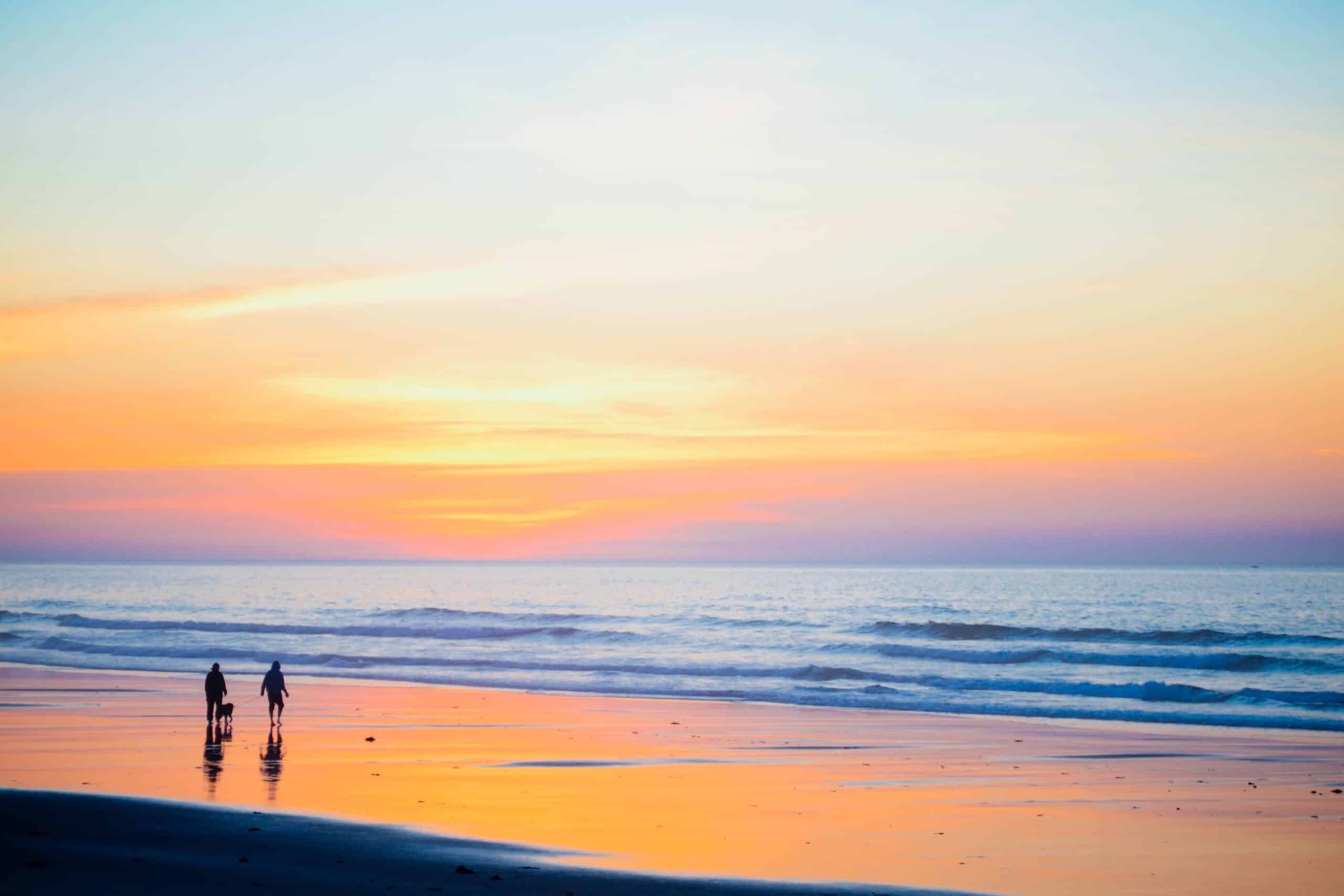
As the day draws to a close, the sunset color palette comes alive with warm and vibrant hues.
The deep oranges, fiery reds, and golden yellows ignite a sense of passion, warmth, and connection.
These colors evoke strong emotional responses, making sunset photos perfect for capturing intimate moments, candid portraits, and scenes infused with a sense of nostalgia.
The warm light (also called Golden Hour) can also enhance textures and details, adding depth and dimension to architectural and natural subjects alike.
Choosing the Perfect Moment: Sunrise or Sunset?
Both sunrise and sunset offer unique opportunities for photographers, but certain scenarios are better suited to one or the other and it is essential to understand them when it comes to sunrise vs sunset photos.
Here are some scenarios to consider when deciding between sunrise vs sunset photos:
- Sunrise Photography:
- Misty Landscapes: The cooler morning air often leads to mist-covered landscapes, creating an enchanting and mysterious atmosphere.
- Calm Waters: Sunrise light can beautifully reflect off calm waters, resulting in serene and mirror-like compositions.
- Minimalist Landscapes: The soft light of dawn is ideal for capturing minimalist scenes with subtle details and a sense of emptiness.
- Urban Scenes: Empty streets and soft morning light can add an air of tranquility to bustling urban environments.
- Sunset Photography:
- Portraits: The warm, golden light of sunset can add depth and emotion to portraits, emphasizing facial features and evoking strong feelings.
- Dramatic Landscapes: The strong contrast and warm light of sunset can create dramatic landscapes with intense colors and vivid textures.
- Silhouettes: The backlighting during sunset can result in striking silhouettes, making it a perfect opportunity for creative compositions.
- Urban Glows: Sunset can cast a warm, inviting glow over cityscapes and urban scenes, adding a touch of romance to the environment.
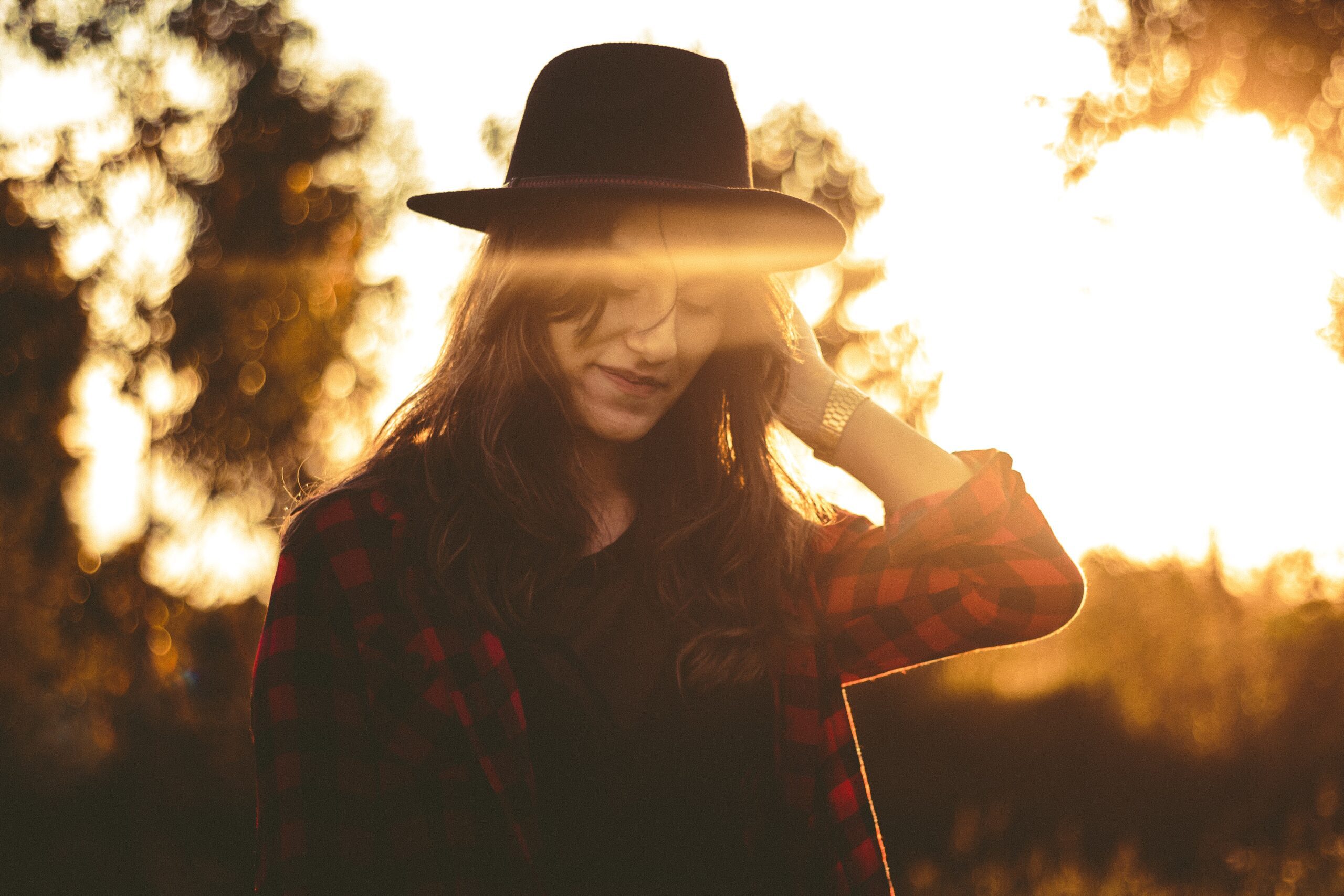
The Sun’s Position: A Key Factor in Planning Your Shoot
Capturing the perfect sunrise or sunset photo goes beyond understanding the nuances of light and color.
The position of the sun in the sky plays a pivotal role in determining the overall composition and mood of your shot and it is of great importance when understanding sunrise vs sunset photos.
Planning your shoot to align with the sun’s position can elevate your photography to new heights.
Here’s how to know the sun’s position in advance and use it to your advantage.
Calculating the Sun’s Position: Tools and Techniques
- Online Tools and Apps: In today’s digital age, a plethora of online tools and smartphone apps are available to help you predict the sun’s position accurately.
Websites and apps like “The Photographer’s Ephemeris” provide interactive maps that show the sun’s path throughout the day.
By inputting your location and the date of your shoot, you can visualize the sun’s trajectory, its angle above the horizon, and the times of sunrise and sunset. - Photography Apps with Augmented Reality: Some photography apps now leverage augmented reality (AR) technology to superimpose the sun’s path directly onto your phone’s camera view.
By simply pointing your smartphone toward the landscape, you can see the sun’s trajectory in real-time, allowing you to frame your shot with precision and creativity.

Sunrise vs Sunset Photos: Leveraging the Sun’s Position for Dynamic Shots
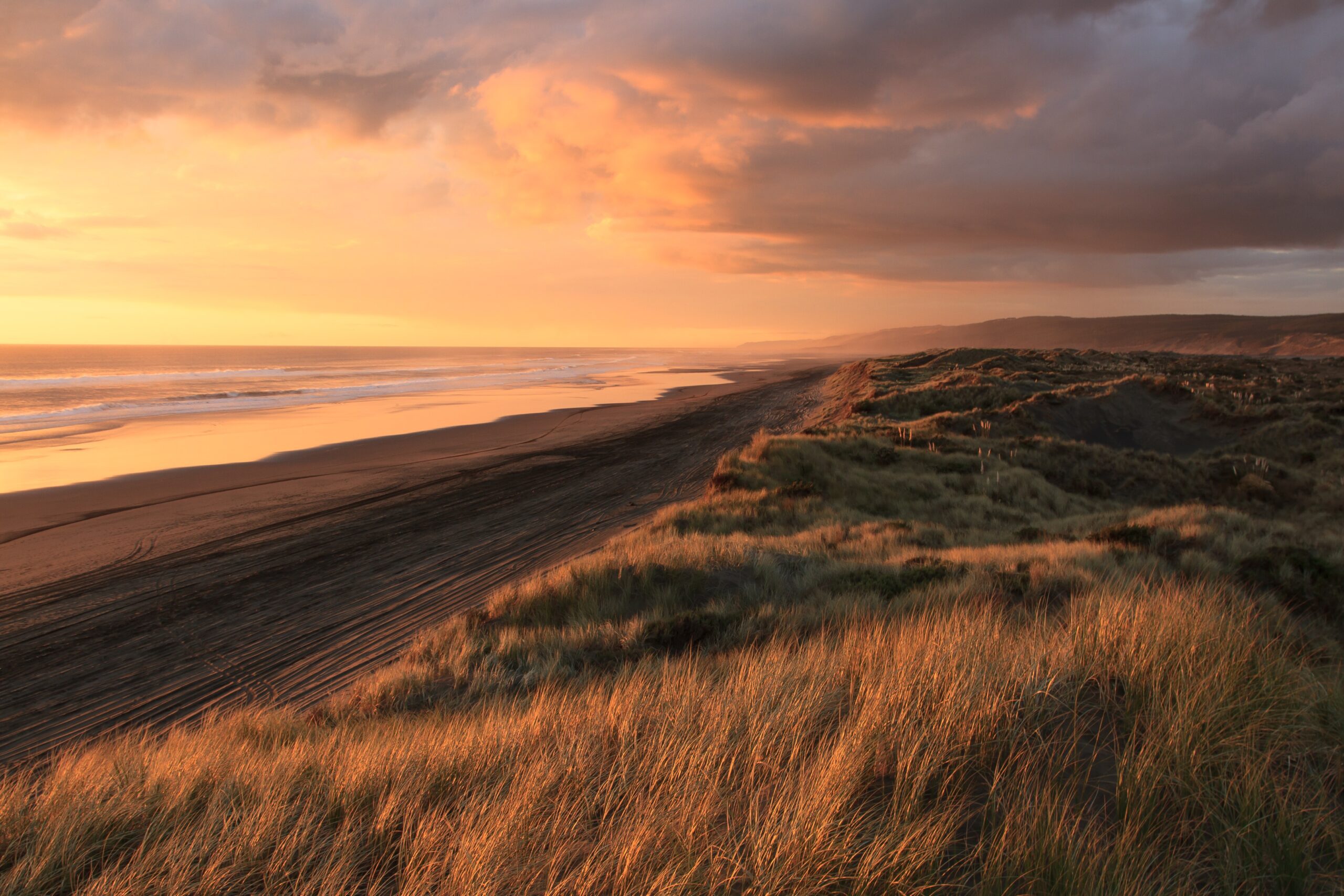
- Golden Hour Magic: The “Golden Hour,” which occurs during the hour after sunrise and the hour before sunset, offers soft, flattering light with a warm hue.
During this time, the sun is lower in the sky, casting longer shadows and creating a sense of depth in your photos. Positioning your subject to face the sun or shooting with the sun at a low angle can produce stunning backlit effects and captivating lens flares. - Foreground Interest and Silhouettes: The sun’s low position during sunrise and sunset provides an excellent opportunity to create captivating compositions using foreground elements.
By positioning objects, such as trees, rocks, or people, between your camera and the sun, you can create dramatic silhouettes that add intrigue and storytelling to your images. - Framing and Lens Flare: Understanding the sun’s position enables you to use it as a powerful compositional tool.
Experiment with framing your subject against the sun, using elements like branches or architecture to create unique vignettes. Additionally, intentionally including lens flares can infuse your photos with a dreamy and whimsical atmosphere.
Conclusion – sunrise vs sunset in photography
Sunrise and sunset photos offer photographers a palette of colors and emotions that can transform a simple snapshot into a work of art.
The gentle, tranquil hues of sunrise create a sense of calm and introspection, while the fiery, passionate tones of sunset ignite emotions and add depth to subjects.
Understanding the differences between sunrise and sunset photography, along with their unique color palettes, empowers photographers to make informed choices based on the emotions and stories they wish to convey.
Whether capturing misty landscapes at dawn or emotional portraits at dusk, the magic of sunrise and sunset photography is a captivating journey worth embarking upon.
I hope this article about sunrise vs sunset photos helped you understand more the topic and appreciate both times of the day for your shoots!
Frequently Asked Questions
Sunsets appear red due to a phenomenon called scattering. As the sun sets, its light passes through a thicker layer of the Earth’s atmosphere, causing shorter wavelengths (like blue and green) to scatter more, leaving longer wavelengths (such as red and orange) dominant. This scattering effect, known as Rayleigh scattering, gives sunsets their iconic warm hues.
The best time to capture stunning sunset photos is during the “Golden Hour.” This occurs approximately one hour before the sun fully sets. The soft, warm light during this period enhances colors, textures, and shadows, creating a magical atmosphere. Keep in mind that the exact timing varies depending on your location and time of year.
Achieving optimal sunset photography requires adjusting several settings on your camera:
– Aperture: Use a wider aperture (lower f-stop value) to create a shallow depth of field and emphasize your subject while achieving a soft background.
– Shutter Speed: A slower shutter speed (longer exposure) helps capture the rich colors and details of a sunset scene. Use a tripod to avoid camera shake.
– ISO: Start with a low ISO setting to minimize noise in your images. Gradually increase it if the lighting conditions require more sensitivity.
– White Balance: Choose the “Daylight” or “Cloudy” white balance setting to preserve the warm tones of the sunset light.
– Exposure Compensation: Experiment with slight underexposure to intensify the colors and highlights of the sunset.
While iPhones offer simplified controls compared to DSLRs, you can still optimize your sunset photos:
– HDR Mode: Turn on High Dynamic Range (HDR) mode to capture a wider range of tones in challenging lighting conditions.
– Exposure Control: Tap the screen and slide the exposure control up or down to adjust the brightness. Experiment with underexposure to enhance colors.
– Portrait Mode: Use Portrait mode to create beautiful depth-of-field effects for subjects like people or objects.
– Edit in Post: Use photo editing apps like lightroom mobile to fine-tune your sunset photos. Adjust exposure, saturation, and color balance to enhance the natural beauty of the scene.

